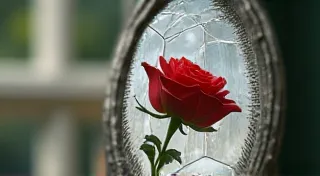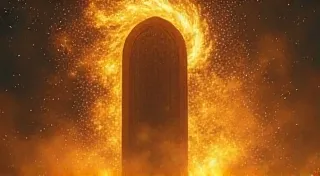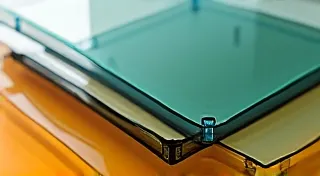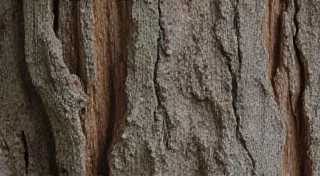Film Grain & the Texture of Truth
There’s a certain melancholy that clings to old photographs, a quiet dignity that feels utterly absent from the pristine, hyper-corrected images that dominate our digital feeds. It isn't simply nostalgia, though that plays a part, of course. It's something deeper, something tactile, something that speaks to a different relationship with truth and perception. That "something" is film grain.
When we think of vintage viewfinders, peering through those small, often intricately designed windows into a world captured on celluloid, we’re not just looking at a device; we're touching a portal to a different era. The grain, that seemingly random scattering of silver particles, isn’t a flaw to be eradicated; it’s a signature. It's the visual equivalent of a whispered confession, a reminder that the image before us isn’t a perfect representation, but an interpretation, filtered through a process both mechanical and human.

The Craftsmanship of an Era
Consider the cameras themselves. Many vintage cameras, particularly those with viewfinders designed with precision and care, are exquisite examples of craftsmanship. They weren't manufactured for fleeting trends or planned obsolescence. They were built to last, often by skilled artisans who took pride in their work. Restoring these cameras, and the often-fragile viewfinders that are integral to the shooting experience, isn't just about fixing broken parts; it’s about preserving a legacy. Each tiny adjustment to the focusing screen, the careful cleaning of the rangefinder, the meticulous repair of a cracked prism – these actions connect us to the hands that originally assembled them.
My grandfather, a quiet man of few words, possessed a Leica M3, its black paint worn smooth with years of use. I remember him showing me, with a hint of pride, the slight imperfections in the viewfinder's focusing screen – subtle scratches that told stories of countless landscapes and portraits. He’s gone now, but holding that camera, peering through the same viewfinder he did, feels like a tangible link across time. The grain in the photographs he took, printed in a small darkroom filled with the smell of developer, wasn’s something to be fought against. It was part of the aesthetic, a mark of authenticity.
Beyond Perfection: A Language of Imperfection
The relentless pursuit of digital perfection has, in some ways, robbed us of something vital. The removal of film grain, the flattening of tones, the sterile clarity – all contribute to an unsettling sense of detachment. It’s as though the image has been scrubbed clean of its soul.
Think about writers. What distinguishes the work of a truly gifted writer from mere technical proficiency? It’s the willingness to embrace imperfection, to allow the raw edges of experience to show. A perfectly polished sentence, devoid of any grit or texture, can feel as lifeless as a digitally retouched photograph. The cadence of speech, the awkward phrasing, the sudden shifts in tone – these are the things that breathe life into language, that reveal the vulnerability of the human voice. Just as a vintage camera's viewfinder reveals the world through a specific, imperfect lens, a writer’s voice reveals the world through a unique, flawed perspective. The "noise" in language, the equivalent of film grain, is what makes it resonant.
Consider Hemingway, for instance. His stark, minimalist prose, often criticized for its simplicity, possesses a visceral power precisely because it resists easy interpretation. The clipped sentences, the absence of florid description, force the reader to actively participate in the meaning-making process. It’s not a passive consumption of information; it’s a dialogue between the author’s voice and the reader’s imagination.
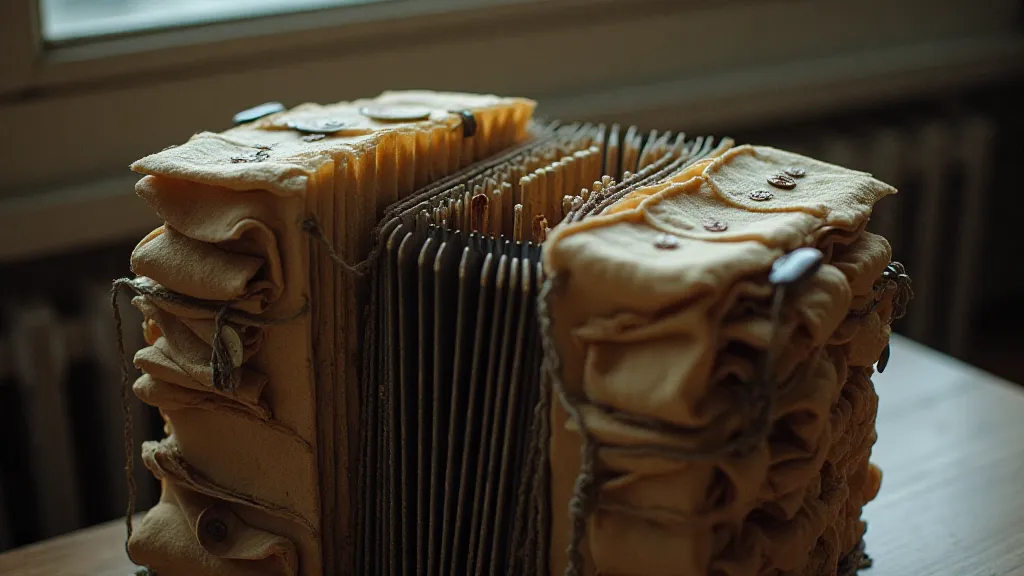
Collecting and Restoring: A Connection to the Past
The act of collecting vintage cameras – and meticulously restoring their viewfinders – isn’s simply a hobby; it’s a form of archaeology. Each camera tells a story, not just about the technology of its time, but also about the people who used it. The marks and scratches on the body, the dust motes clinging to the lens, the faint smell of old leather – these are all clues, fragments of a forgotten narrative. Restoring a viewfinder is an act of preservation, a way of ensuring that these stories continue to be told.
It can be a challenging undertaking, requiring patience, skill, and a deep understanding of mechanics. But the rewards are immeasurable. Holding a fully restored viewfinder, peering through its lens, and knowing that you’ve breathed new life into a piece of history – that’s a feeling that no digital image can ever replicate.
The Enduring Appeal of the Analog World
The resurgence of interest in film photography isn’t a mere fad. It’s a reaction against the homogenizing forces of the digital age, a longing for something tangible, something real. It’s a desire to reconnect with the process, to appreciate the nuances and imperfections that define the analog world.
Film grain, those tiny silver particles that once seemed like a flaw, have become a symbol of authenticity, a visual reminder that the world isn’t perfect, and that’s perfectly okay. It’s a texture of truth, a window into a past that continues to resonate with us today. Just as we admire the craftsmanship of a vintage camera and the care taken in designing its viewfinder, we should strive to find the imperfections that give our own work – whether it’s photography or writing – its unique and enduring appeal.

